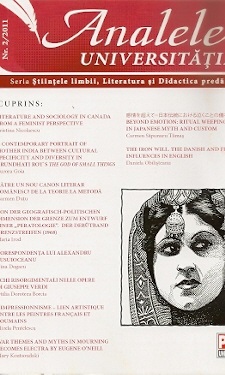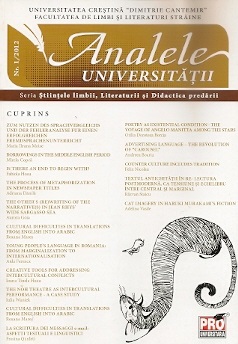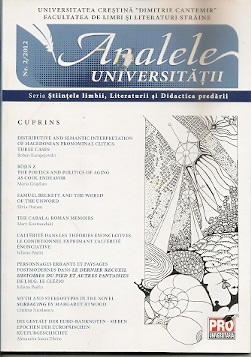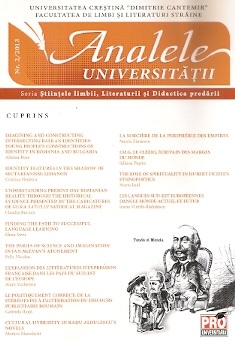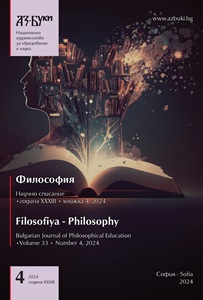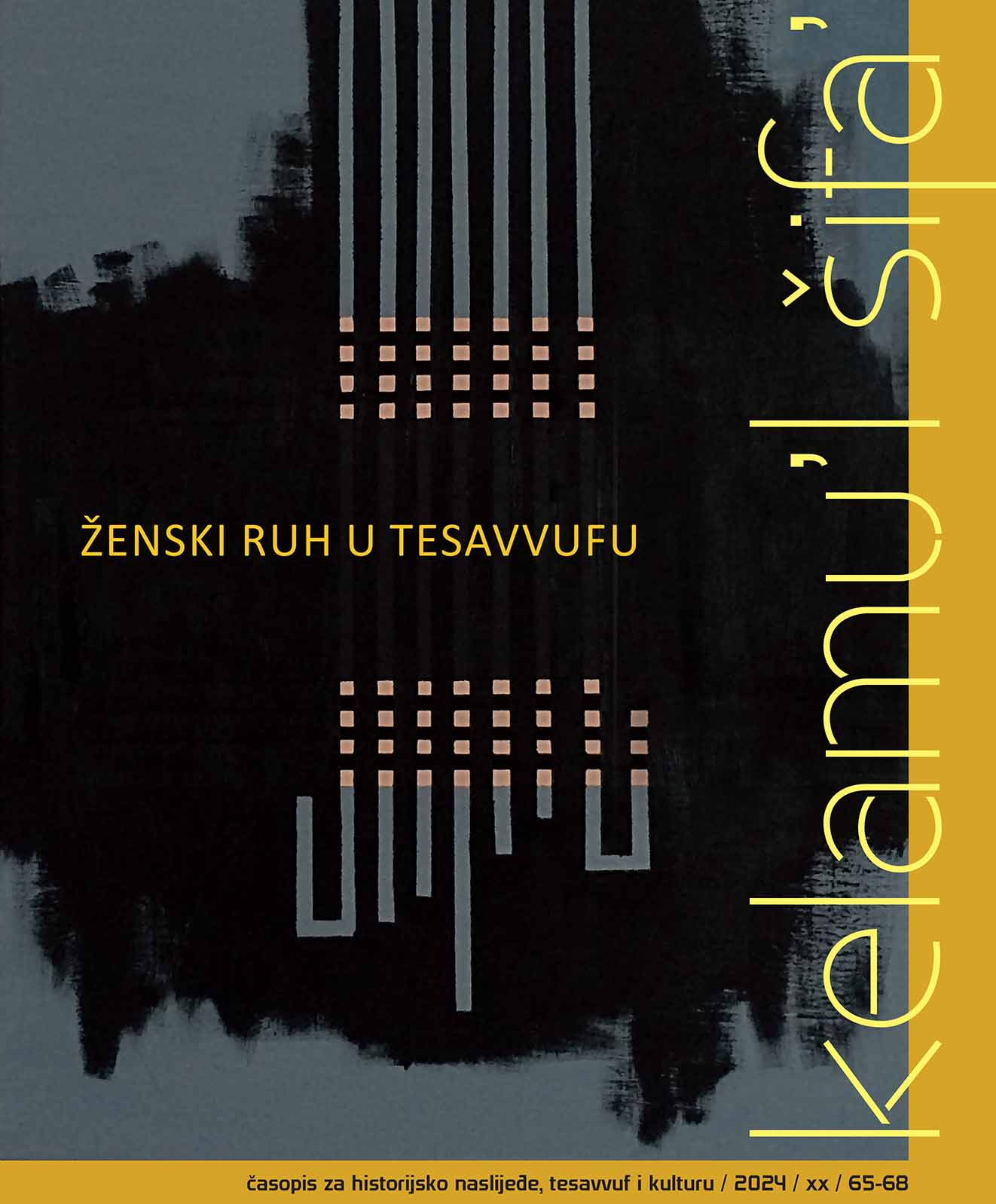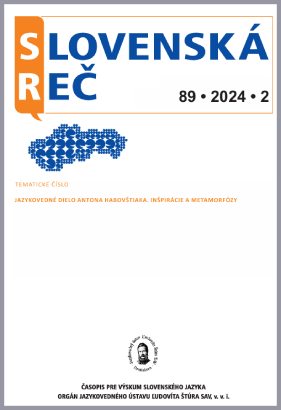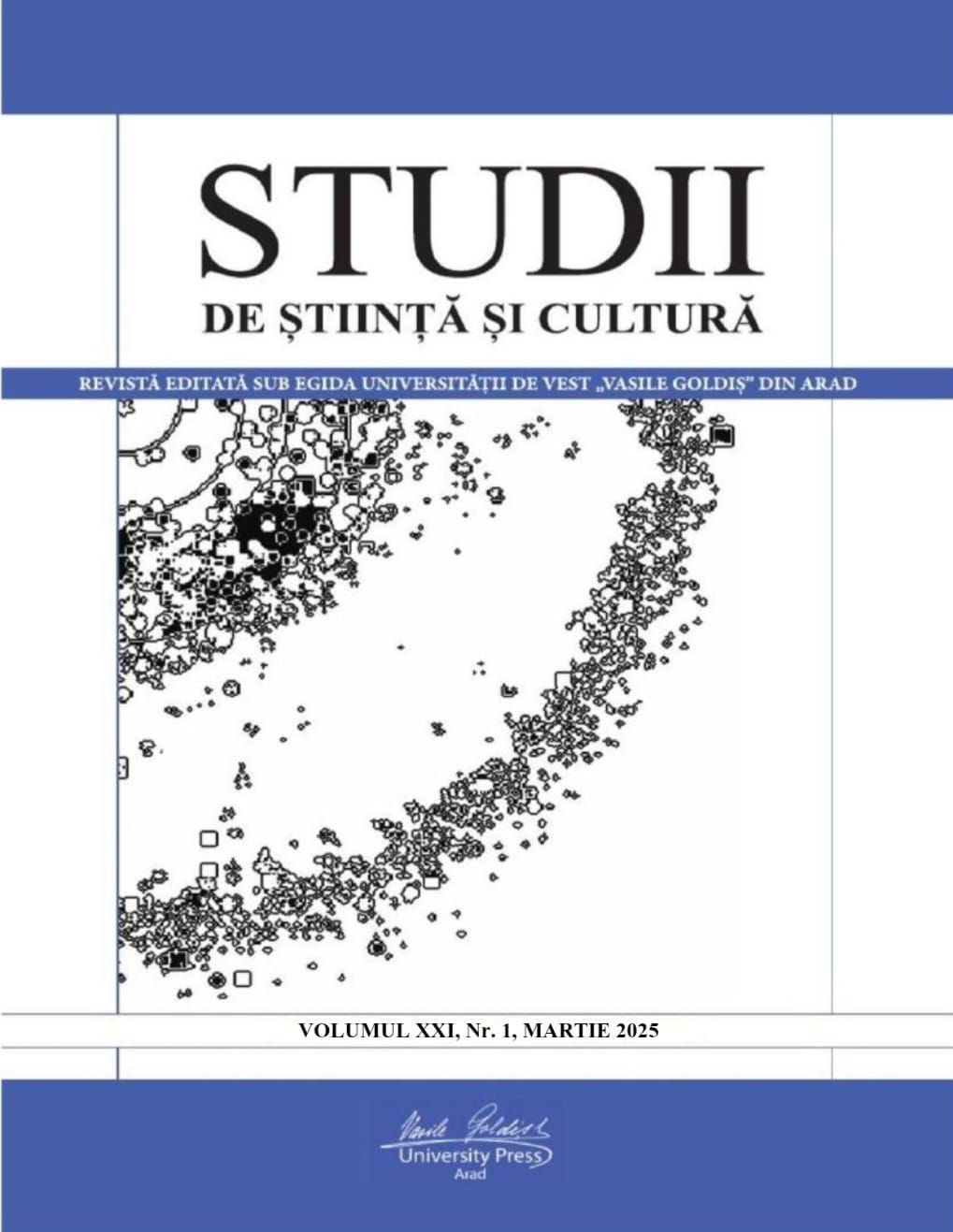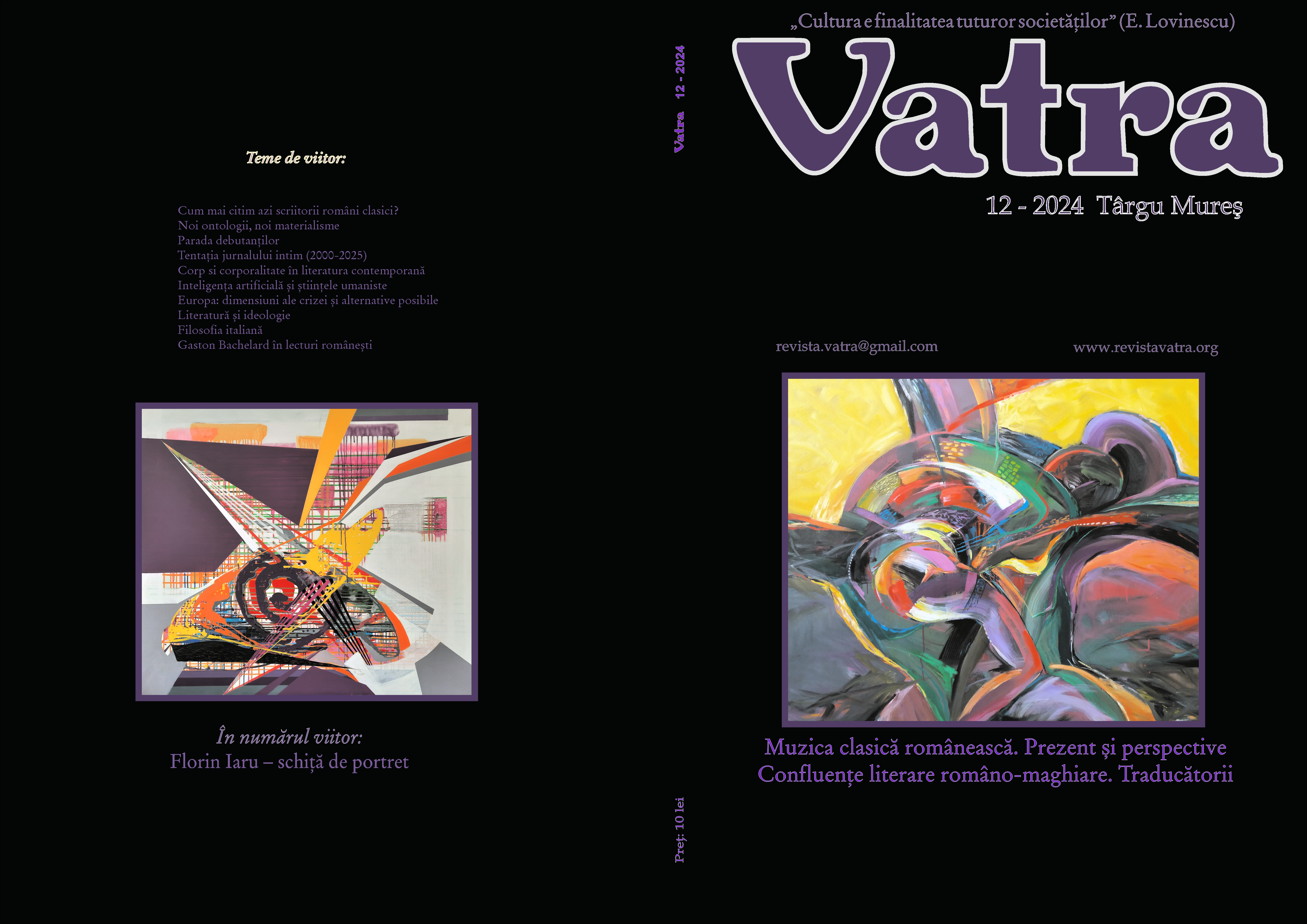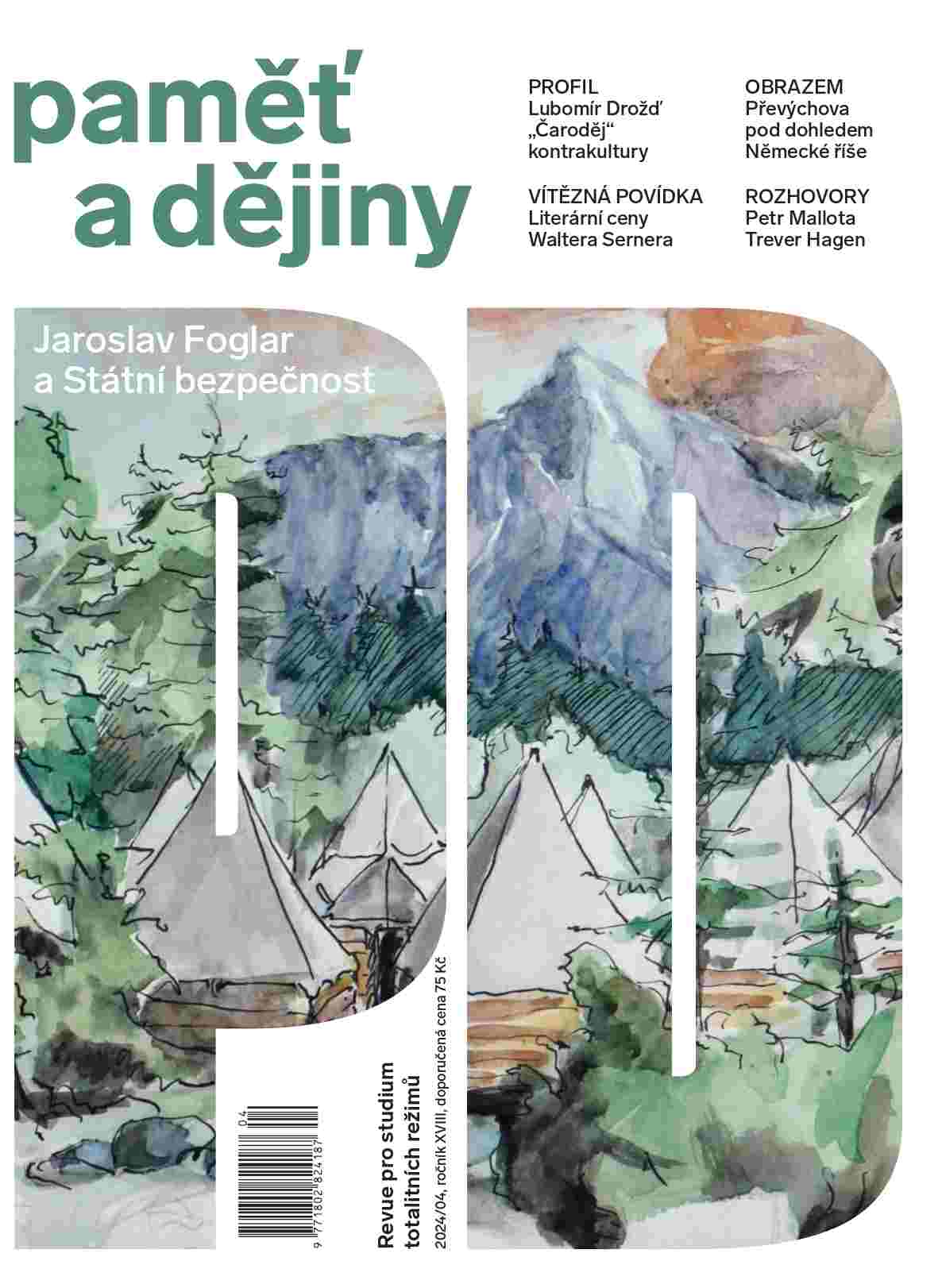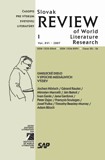
Mickey Mouse, psychopat a jiné světy: poznámka o jednomBenjaminově přirovnání
One of the moments that connect S. Freud with W. Benjamin is, apart from the interest in mental and material archeology, directivity to a volatile moment constituting the “lyrical” basis of both Freud’s scientific rhetoric, and Benjamin’s literary fragments and the philosophy of time. An analogy to the temporality in psychoanalysis we can find also in The Work of Art in the Age of Technical Reproduction, where, however, elusiveness is connected to another element of psychoanalysis: to the interest in a neglected detail. Apperception of unperceivable details is, however, better than a theory or techniques of therapy enabled by means of a new kind of art: film, operating on psychotization of consciousness. The archeology of this theme can be realized on the example of Mickey Mouse as a cinematic representative of the modern philosophy of detail; it appears ultimately also in Benjamin’s considerations on film, where it is, moreover, caught in a certain historical-utopian perspective. His logic of detail as a logic of the operation of the universe is, at the same time, puts into an analogy to Fourier and Blanqui, and it can be shown that the phantasmagoric parallel worlds occurring both in the notions of Freud’s patients, and in the visions of the utopists in the 19th century, were conceptualized by means of the media by Benjamin.
More...
